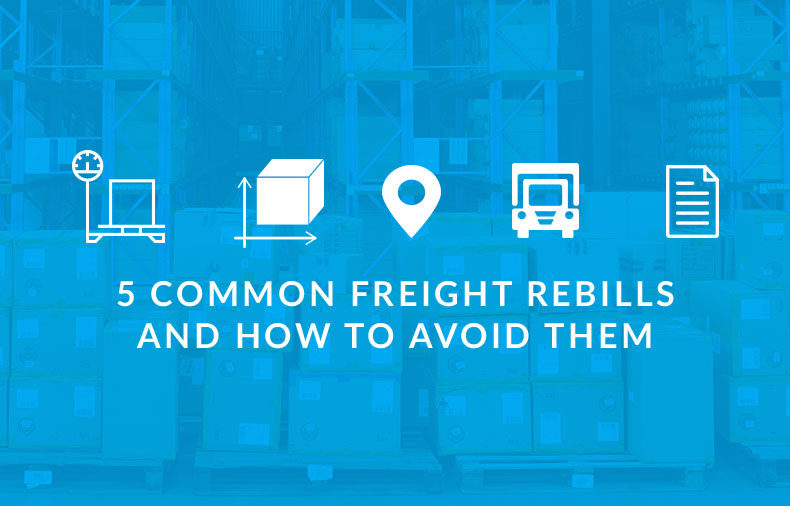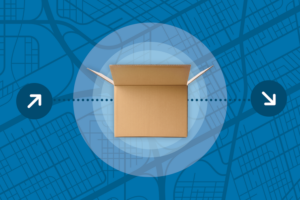Surprises are great when it comes to birthday parties and free lunches, but never in the world of freight shipping. When your freight is on the line, boring old predictability is the best case scenario.
In the unpredictable LTL shipping industry, where potential issues are waiting around every corner, rebills are the bane of every shipper’s existence.
Below are five common rebills business shippers face on a regular basis and some recommended steps and tools for avoiding or at least minimizing them.
Weight
Many shippers get themselves into trouble by rounding to the nearest 100 pounds — and round number weights are usually a one-way ticket to a rebill. Buying a commercial scale is a relatively inexpensive solution. For around a grand, you can get a pallet jack scale with a digital readout. It’ll pay for itself in no time. Once you’ve got your scale, weigh your shipment before quoting and then capture proof by snapping a photo of the weight before it leaves your dock.
Dimensions
No matter how long you’ve been in this business, guesstimating your shipment’s dimensions from across the room or warehouse is a recipe for a rebill headache. Take a minute to carefully measure for precise dimensions, because the carrier definitely will – and they’ll be using lasers to get incredibly precise measurements.
In the event that there is a discrepancy between what was quoted and carrier’s invoice, it’s important to have documentation to dispute the difference. Having spec sheets or packing lists that have detailed information on weight and dimensions on file will help resolve disputes easily.
Location types
You may know your location type like the back of your hand, but most rebills are a result of what’s on the other side. Access may be limited or certain services may be required of which you unaware. Google Maps is a terrific way to avoid this headache. The world is photographed, so if you don’t know exactly what the other side of your shipment looks like, a few minutes on the front end with Google Maps can save hours later of dealing with a rebill.
Services – Verify with the receiver exactly what they’ll need. Don’t assume they have a forklift, or that they’re always at the location, ready to accept freight. Double check whether the business closes for lunch and their hours of operation.
BOL – Always use a bill of lading. There’s no sheet of paper that can so effectively make or break a shipment. If you don’t have the necessary information, your shipment might go to the wrong location or could end up being billed to the wrong party.
When you’re booking freight, slow down and take these steps above. With a little prep work, you’ll avoid the annoyance and cost of rebills, making your freight shipments more efficient, pleasant, and predictable.
Shipping LTL Freight?
Get in touch with us to learn more about how uShip can save you time and money.
MktoForms2.loadForm(“//app-sj21.marketo.com”, “544-ZAR-489”, 1194);




